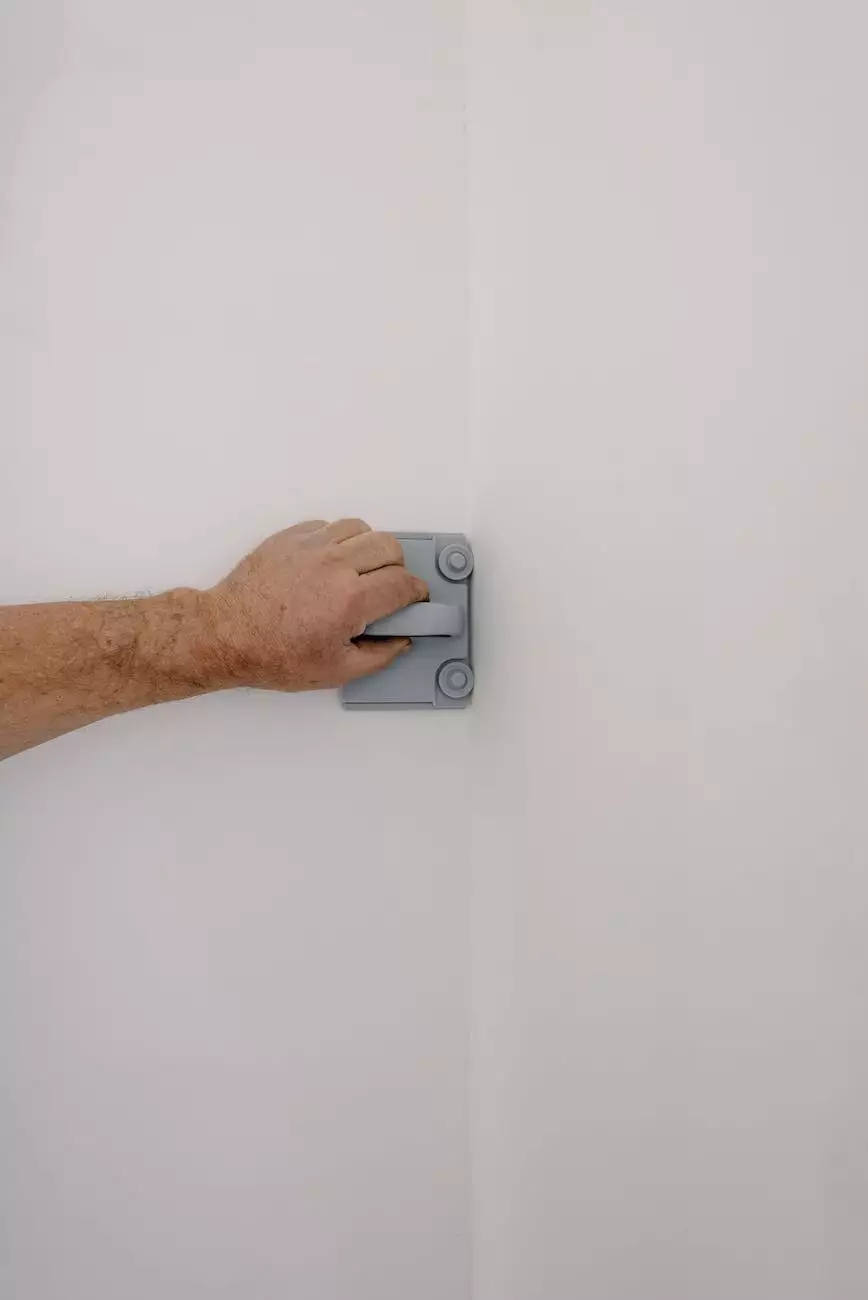Modular Content Marketing: 5 Steps To Create Reusable
Marketing
Introduction
Welcome to the world of modular content marketing, where businesses can unlock the potential of their online presence through the strategic creation and utilization of reusable content. At Urayus Home Improvement Marketing, we understand the importance of effective digital marketing in the Business and Consumer Services industry. In this comprehensive article, we will guide you through the five essential steps to create reusable content that will help your business stand out in the fiercely competitive online landscape.
1. Understanding Modular Content
Before diving into the steps, it is crucial to understand what modular content is and why it is a game-changer for your digital marketing strategy. Modular content refers to the creation of small, self-contained units of content that can be rearranged, repurposed, and reused across various digital platforms. By breaking down your content into modules, you can easily customize and adapt your messaging to different target audiences, thus maximizing its impact.
2. Conducting Comprehensive Audience Research
The foundation of any successful marketing campaign is a thorough understanding of your target audience. Take the time to conduct in-depth research on your potential customers' demographics, interests, and pain points. This knowledge will allow you to create modular content pieces that resonate with your audience on a deeper level. By addressing their specific needs and providing valuable solutions, you will build trust and establish your business as an authority in your industry.
3. Crafting Engaging Modular Content
Now that you have a clear understanding of your target audience, it's time to create compelling modular content that captures their attention. Whether it's informative blog posts, engaging social media snippets, or captivating videos, each module should offer unique value while seamlessly fitting into the larger content ecosystem. By employing persuasive writing techniques, incorporating high-quality visuals, and optimizing your content for search engines, you increase the chances of attracting organic traffic and generating meaningful conversions.
3.1 Using Keywords Strategically
Keywords play a crucial role in ensuring your content ranks well on search engine result pages. Conduct keyword research to identify relevant and high-ranking terms in your industry. Integrate these keywords strategically throughout your modular content, including headings, subheadings, and within the body paragraphs. However, remember to maintain a natural and organic flow of language, avoiding keyword stuffing which can harm your search rankings. Balancing user intent and search engine optimization is key.
3.2 Creating Compelling Calls-to-Action
No content marketing strategy is complete without well-crafted calls-to-action (CTAs). In each module, strategically include CTAs that guide your audience towards the desired action. Whether it is downloading an e-book, signing up for a newsletter, or making a purchase, compelling CTAs are essential for turning visitors into loyal customers. Make use of action-oriented language, appealing visuals, and offer irresistible incentives to drive your audience towards conversion.
4. Implementing a Centralized Content Management System
To ensure efficiency and scalability in your content marketing efforts, it is crucial to have a centralized content management system (CMS) in place. A CMS allows you to organize, store, and distribute your modular content seamlessly. By utilizing a CMS, you can easily track the performance of each module, make real-time updates, and repurpose content according to changing market trends. This unified approach to content management saves time, improves consistency, and enhances the overall effectiveness of your marketing campaigns.
5. Analyzing and Optimizing Performance
Once your modular content strategy is implemented, it's essential to continuously monitor and analyze its performance. Utilize web analytics tools to track key metrics such as website traffic, engagement rates, and conversion rates. By identifying areas of improvement, you can make data-driven decisions to optimize and refine your content strategy further. Regularly evaluate the performance of each module, test different variations, and stay updated with the latest industry trends to stay ahead of the competition.
Conclusion
In today's digital age, where businesses are constantly vying for attention, adopting a modular content marketing approach is crucial to stay relevant and competitive. By following the five essential steps outlined in this article, you can create reusable content that resonates with your target audience, engages potential customers, and drives meaningful business growth. At Urayus Home Improvement Marketing, we specialize in delivering top-notch digital marketing solutions for businesses in the Business and Consumer Services industry. Contact us today to learn more about how we can help your business succeed.
© 2021 Urayus Home Improvement Marketing. All rights reserved.










